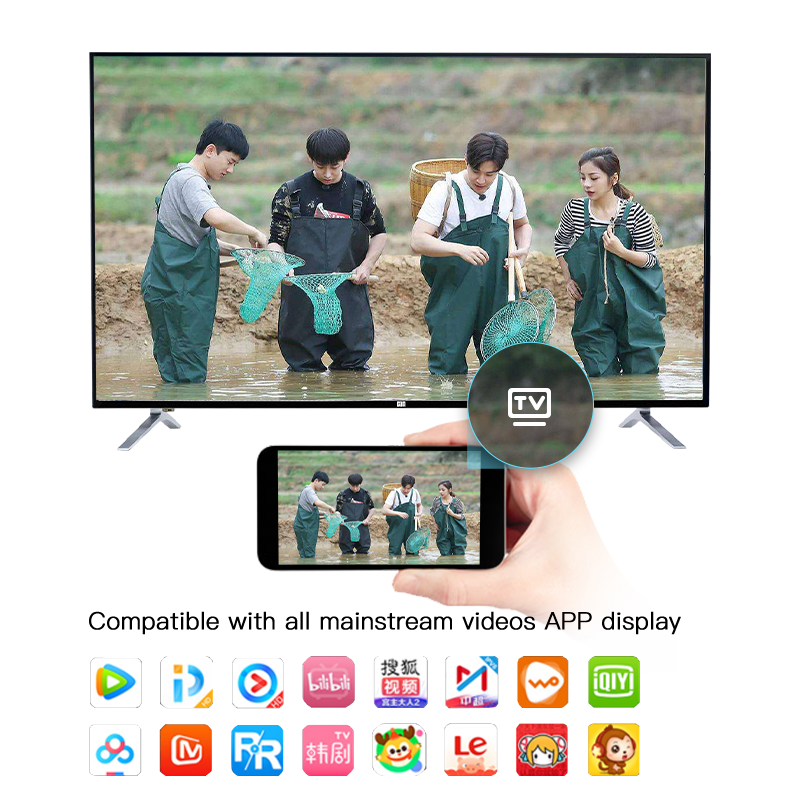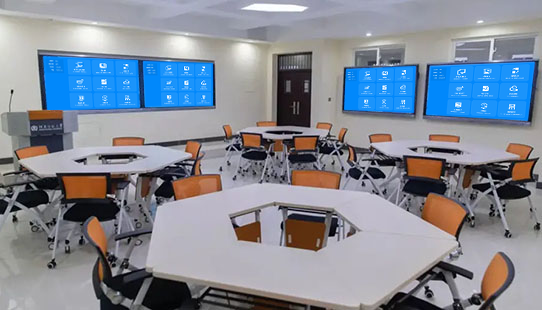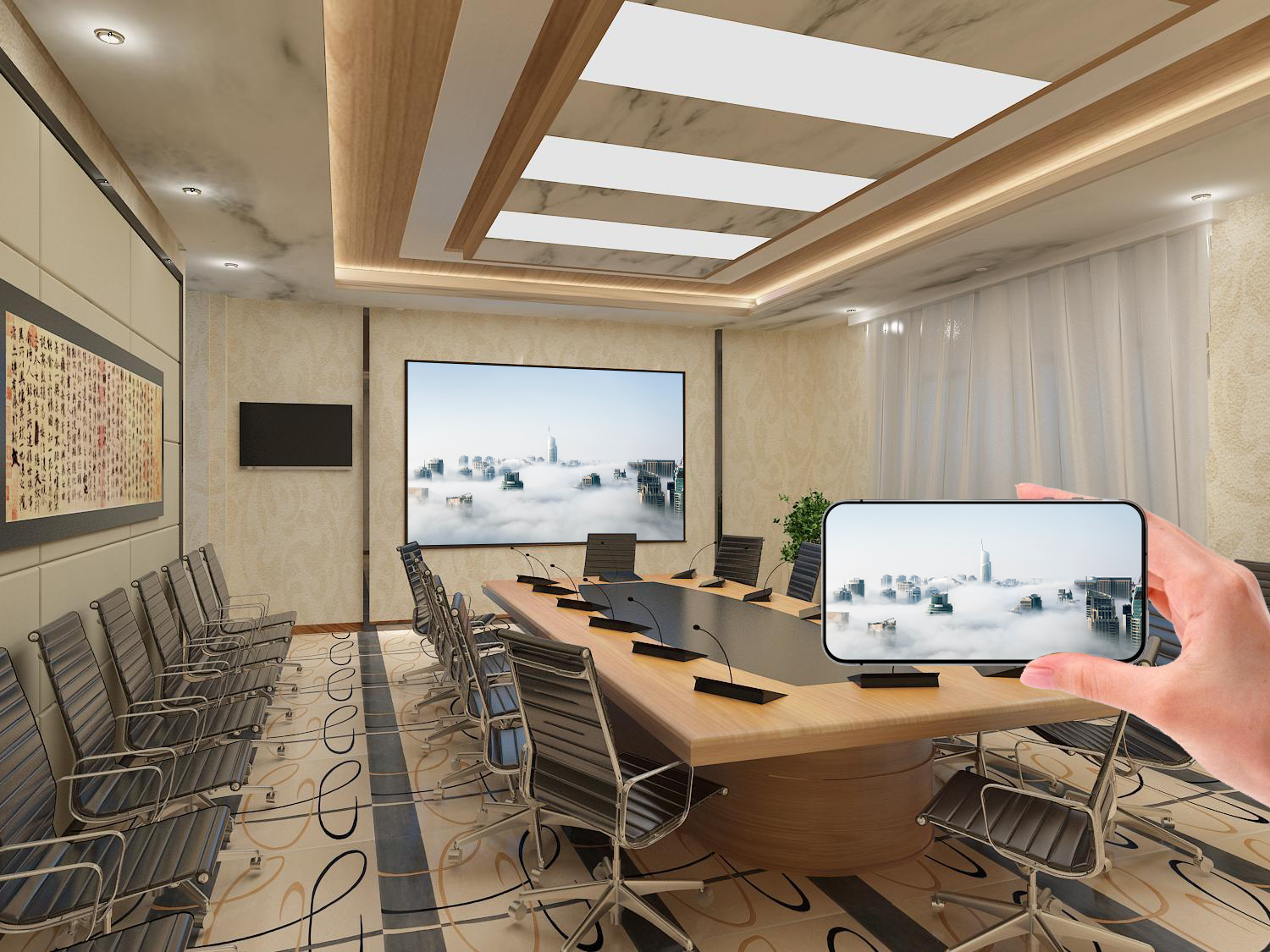Bijie Wireless Screen Projection: Let Devices “Wirelessly Converse” to Unlock a New Experience of Efficient Collaboration in All Scenarios
From the tangled HDMI cables in conference rooms to the sore arms holding phones while binge-watching TV shows at home, and the congestion around computers where teachers and students share course materials in classrooms—the pain points of device connectivity during the “wired era” are being rewritten by wireless screen projection technology. Bijie has been deeply engaged in the field of wireless screen projection for over a decade, focusing on “full device compatibility, full scenario adaptation, and whole process stability.” With a series of hardware + software solutions, it frees the “dialogue” between smartphones, computers, TVs, and projectors from the constraints of wires, making collaboration simpler and the experience smoother.
I. Bijie Wireless Screen Projection: More than Just “Projectable,” It’s Also “User-Friendly”
The essence of wireless screen projection is to “break down barriers between devices,” but many users have been discouraged by difficulties in connection, frequent stutters, and poor compatibility. Bijie redefines “user-friendly wireless screen projection” with three core advantages:
– Full protocol compatibility, seamless connection across all devices
Whether you use Apple’s AirPlay, Android’s Miracast, Windows’ “Projection” feature, or Mac’s “Screen Mirroring,” all products from Bijie (ranging from entry-level screen projection boxes to high-end collaborative terminals) can be seamlessly adapted. Even older Windows 7 computers and non-smart projectors can instantly become “wireless receivers” after connecting to Bijie devices, avoiding waste due to outdated equipment.
– Low latency + high-definition picture quality, no compromise on details
With its proprietary “Dynamic Interference Resistance” technology, Bijie maintains a projection delay of ≤80ms even in environments with complex Wi-Fi signals (such as office buildings and schools). When transmitting 4K @ 60fps high-definition video, enlarged PPT formulas and charts remain clear, videos fast-forward without stuttering, and game operations have no ghosting.
II. From Office to Life, Bijie Wireless Screen Projection Covers Every Scenario
1. Conference Room: Make meetings “focus only on business,” goodbye to 10 minutes of device setup
In traditional meetings, “finding cables, plugging them in, waiting for connections” often take up one-third of the meeting time. Bijie’s solution makes screen projection as natural as “sending messages”:
– During group presentations, when one person finishes projecting, the next person scans the code to connect immediately, eliminating the need to wait. An internet company’s test showed that such “seamless switching” increased meeting efficiency by 50%;
– Supports “window projection,” allowing the computer to switch to WeChat for replying while the large screen displays only the PPT content, preventing privacy leaks;
– Combined with the Bijie BJ66 interactive terminal, annotations can also be made directly on the large screen, just like drawing circles on paper documents, which is intuitive. During remote meetings, colleagues in different locations can see the annotations simultaneously, making communication more efficient.
2. Home: Watch TV dramas, online classes, fitness, all done with one “projection”
The core of wireless screen projection in the home scene is to “enhance happiness”:
– Use your phone to project and watch “Qing You Years II” on a 4K large screen with Dolby sound, immersive 10 times better than on a small screen, and the phone can still go back to the background to scroll through comments;
– When children are taking online classes, project the computer screen to the TV, the screen size increases without hurting eyesight, parents can use the “screen projection lock” function to prevent accidental touches that exit the class, and they can also keep an eye on their child’s learning status while working nearby;
– While exercising with a fitness app, project the phone screen to the TV, so you can clearly see the details of movements, avoid repeatedly pausing and adjusting angles, and double the exercise efficiency.
3. Classroom: Turn the classroom from “one-way lecturing” into “full participation”
Bijie’s customized wireless screen projection solution for smart classrooms breaks the “teacher main screen monopoly”:
– Teachers use computers to project course materials, and students use tablets to do problems, then directly project to the group screens for sharing, with real-time feedback from the whole class;
– In laboratories, students use their phones to capture experimental phenomena and project them, allowing teachers and students to analyze data together, more efficient than “turning around to look”;
– Old classrooms don’t need major renovations, just add a Bijie screen projection box next to the existing projector to achieve wireless interaction. After deployment in a middle school, teachers reported that “preparation time was halved, there was more classroom interaction, and fewer distractions among students.”
III. Choosing the Right Wireless Screen Projection Device, Bijie Helps You Avoid Pitfalls
Not all “wireless screen projections” are suitable for you; choosing the right device according to the scenario can maximize its value:
– Medium and small conference rooms/homes: Choose the Bijie BJ50 screen projection box for 4K high-definition projection at 659 yuan, with excellent cost performance;
– Large conferences/lecture halls: Choose the BJ66 interactive terminal, supporting simultaneous projection for 16 people and touch control inversion, suitable for multi-person collaboration;
– Smart classrooms/training rooms: Choose the Bijie multi-screen collaboration system, with the main screen + group screen linkage, allowing every student to participate in presentations.
From “wired constraints” to “wireless freedom,” Bijie wireless screen projection solves not only the “connection” problem but also lets devices serve people rather than people adapting to devices. Whether it’s professionals having efficient meetings, parents accompanying their children in online classes, or elderly people sharing life moments, Bijie proves with technology that “good tools make you forget their existence and focus only on what needs to be done.”